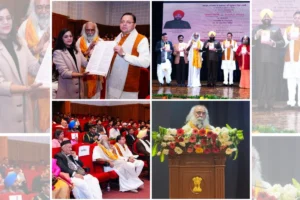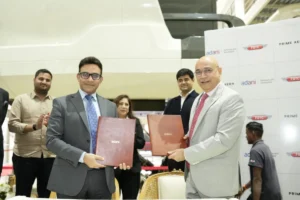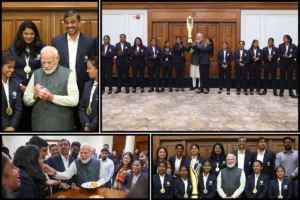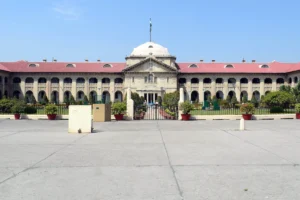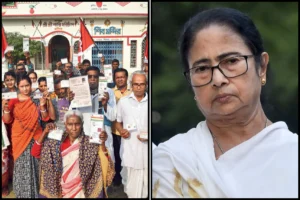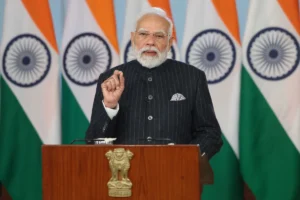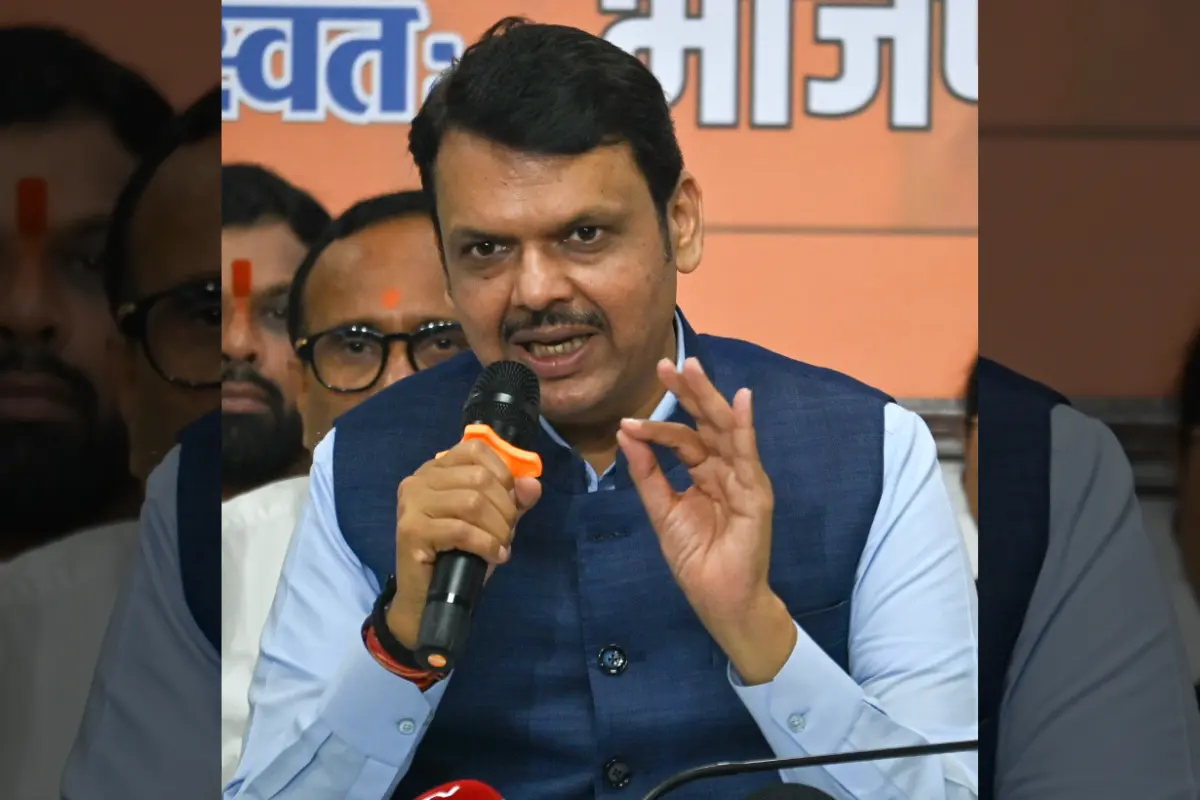
Maharashtra, known for its dynamic industrial and agricultural sectors, has long faced significant challenges in providing sufficient irrigation to its farmers.
Despite the state’s agricultural wealth, water shortages continue to plague regions like Dhule, Nandurbar, and Solapur, leading to distress among farmers.
Deputy Chief Minister Devendra Fadnavis is now pushing to accelerate the Nar-Par river linking project as part of a broader strategy to address these persistent issues.
Persistent Water Scarcity In Key Areas
Maharashtra is home to several major rivers, yet water scarcity remains a critical problem.
For example, while the Godavari River starts in Nashik, it fails to adequately supply water to nearby districts such as Jalgaon and Dhule, leaving farmers there in dire straits.
Additionally, ineffective management of western channel rivers like Damanganga and Nar has resulted in substantial water flow lost to Gujarat.
The Par-Tapi-Narmada river linking project, initially greenlit in 1980 to resolve water shortages in North Maharashtra, stalled due to a lack of follow-through by the government at the time.
This delay allowed Gujarat to benefit from Maharashtra’s water resources while many areas within the state continued to suffer from a lack of irrigation.
Revival Of The Nar-Par-Girna Project
In 2019, former Chief Minister Devendra Fadnavis took a decisive step by declining Gujarat’s assistance and committing to completing the river linking project independently.
However, progress slowed when a new coalition government took power in Maharashtra.
The project was revitalized in 2022 under the Shiv Sena-BJP coalition, which allocated Rs 7,015 crores to the Nar-Par-Girna river linking initiative.
This project aims to redirect excess water from the Nar and Par rivers into the Girna river valley, using canals and tunnels to irrigate approximately 50,000 hectares of land in the Nashik and Jalgaon districts.
Expanding Irrigation Efforts Statewide
Beyond the Nar-Par-Girna project, additional irrigation initiatives have bee proposed to alleviate water shortages in West Vidarbha and Marathwada.
Fadnavis also launched the Jalyukta Shivar Yojana, which has already yielded positive outcomes, and the “Marathwada Water Grid” project, aimed at channeling water from Western Channel rivers to Marathwada.
The state government has also greenlit the Nalganga-Wainganga interlinking project, a massive Rs 80,000 crore undertaking designed to transfer water from East Vidarbha rivers to West Vidarbha.
This project is likely to irrigate 3.71 lakh hectares of land across six districts in Vidarbha.
Driving Sustainable Irrigation
Maharashtra’s commitment to sustainable irrigation practices is crucial for boosting agricultural productivity and securing long-term water resources for its farmers.
The Jalyukta Shivar Yojana, which emphasizes creating decentralized water sources, has been notably effective.
Through the construction of check dams, percolation tanks, and other water retention structures, this initiative has significantly improved groundwater levels, providing much-needed relief to farmers in drought-prone areas.
Projected Impact On Agriculture & Rural Communities
If these projects are executed as planned, they have the potential to significantly transform Maharashtra’s agricultural landscape.
The Nar-Par-Girna river linking project alone is likely to turn previously arid lands into productive farming areas, delivering essential irrigation to thousands of farmers.
Furthermore, projects like the Marathwada Water Grid will likely address regional water distribution disparities, ensuring more equitable resource sharing across the state.
This could lead to a reduction in migration from rural areas and an overall improvement in the livelihoods of farming communities.
Conclusion: A Commitment To A Prosperous Agricultural Future
Maharashtra’s ongoing efforts to enhance its irrigation infrastructure demonstrate a strong commitment to overcoming water scarcity and securing a prosperous future for its agricultural sector.
With continued focus and investment, the state is well-positioned to resolve its irrigation challenges, ensuring that its farming communities thrive in the years ahead.
Also Read: India Under PM Modi’s Leadership; A Key Player In Russia-Ukraine Peace Efforts
To read more such news, download Bharat Express news apps







